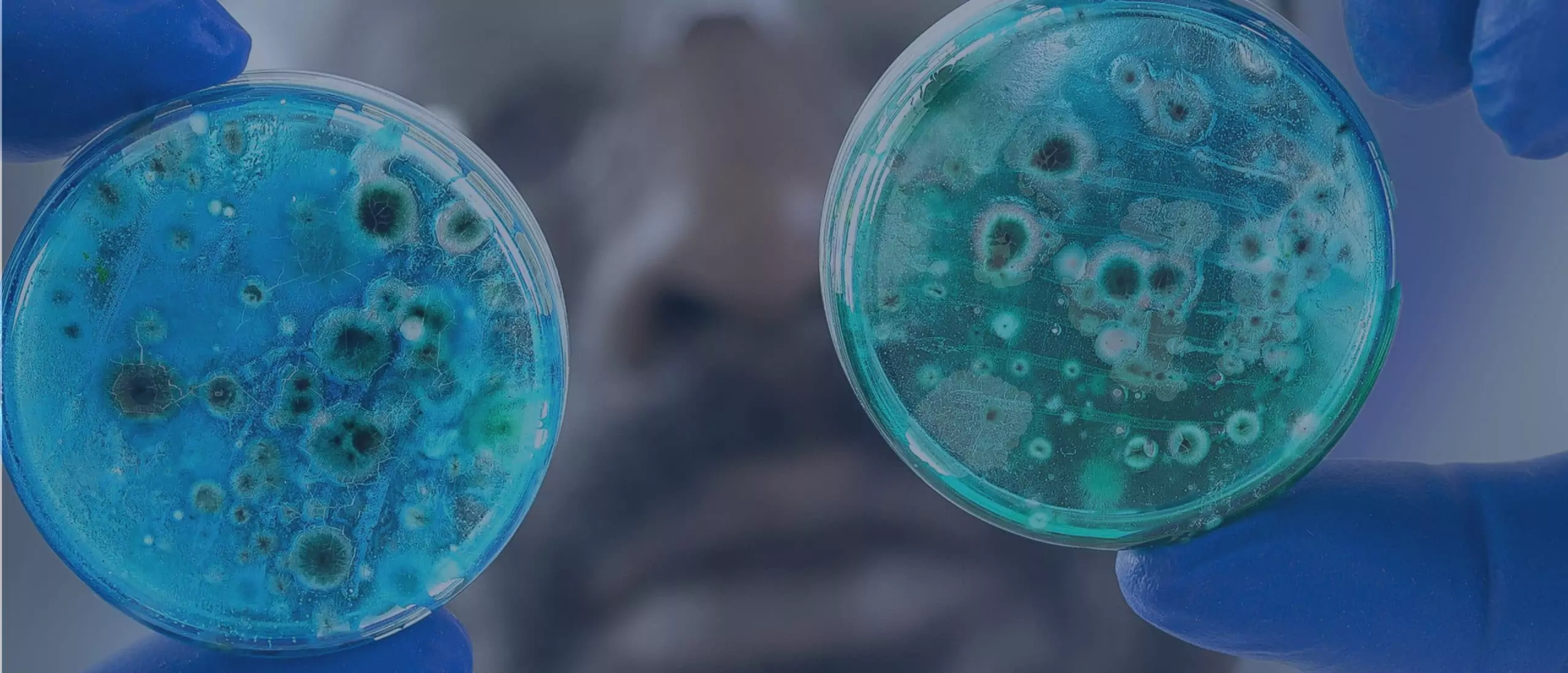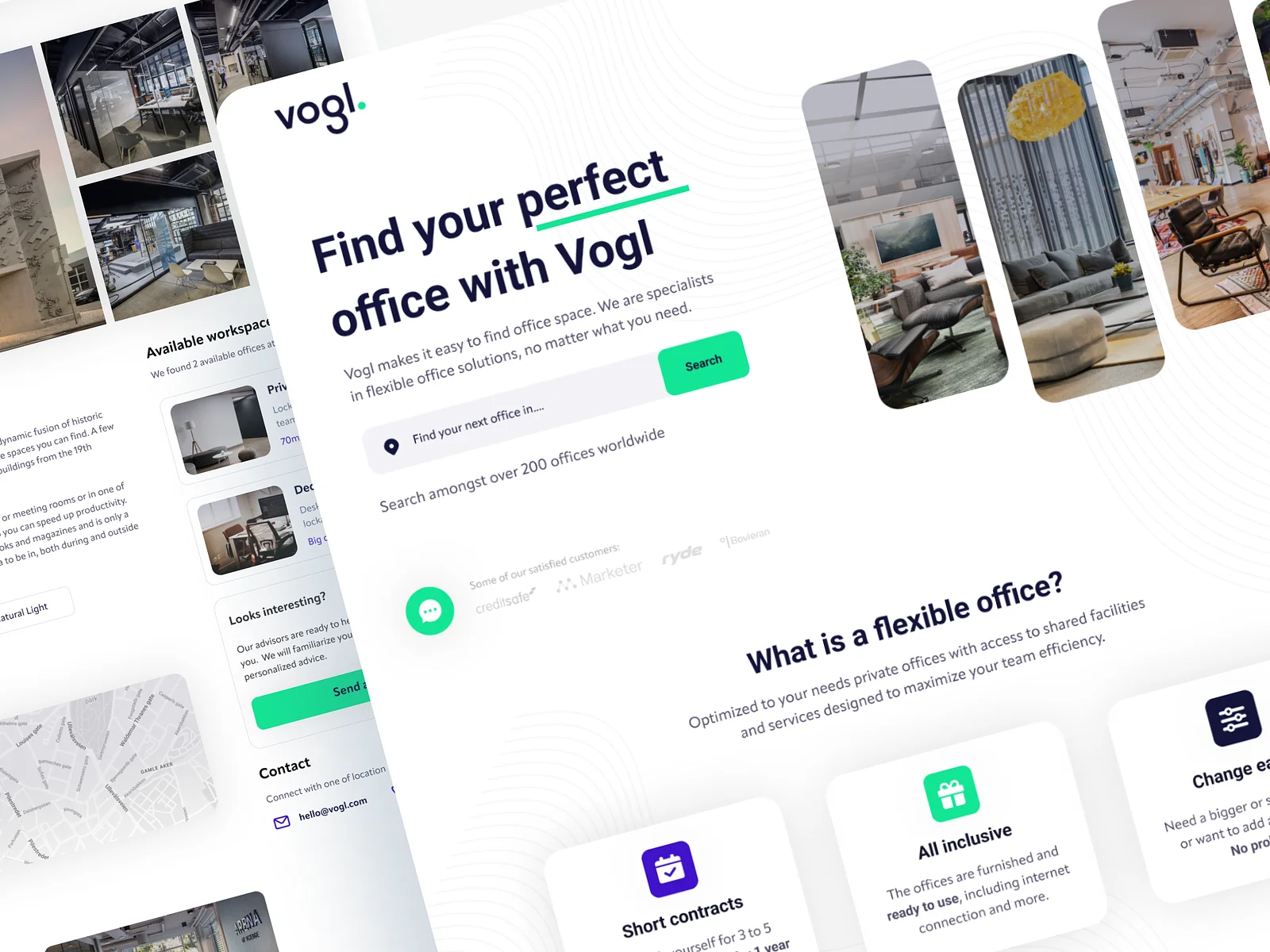Our highly accurate deep learning algorithm for bacterial colonies detection was specifically developed for a major customer of our client – one of the world’s top 10 pharma companies.
The initially used conventional computer vision algorithm failed to satisfy the customer’s needs. It produced too many false-positive results while examining images of Petri dishes due to mistakenly recognizing air bubbles appearing on a surface as a bacterial colony. This put the whole project at risk.
For our part we advised the client against the next obvious solution to this problem, namely, improving the image quality by acquiring multispectral cameras. Going that direction would significantly increase project costs, as well as wouldn’t guarantee sufficient resolution (taking into account the quality of those cameras at that point in time on the market). Our team suggested applying deep learning algorithms instead, which helped to cope with the challenge successfully.





